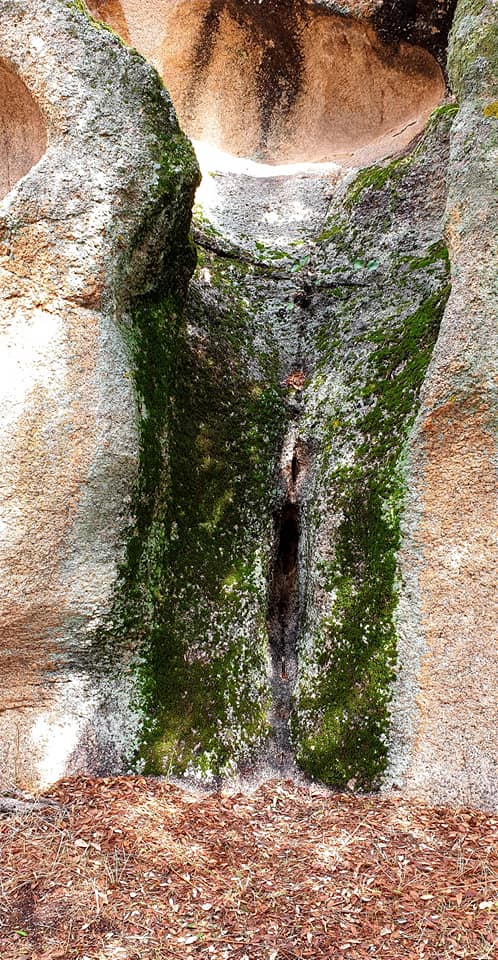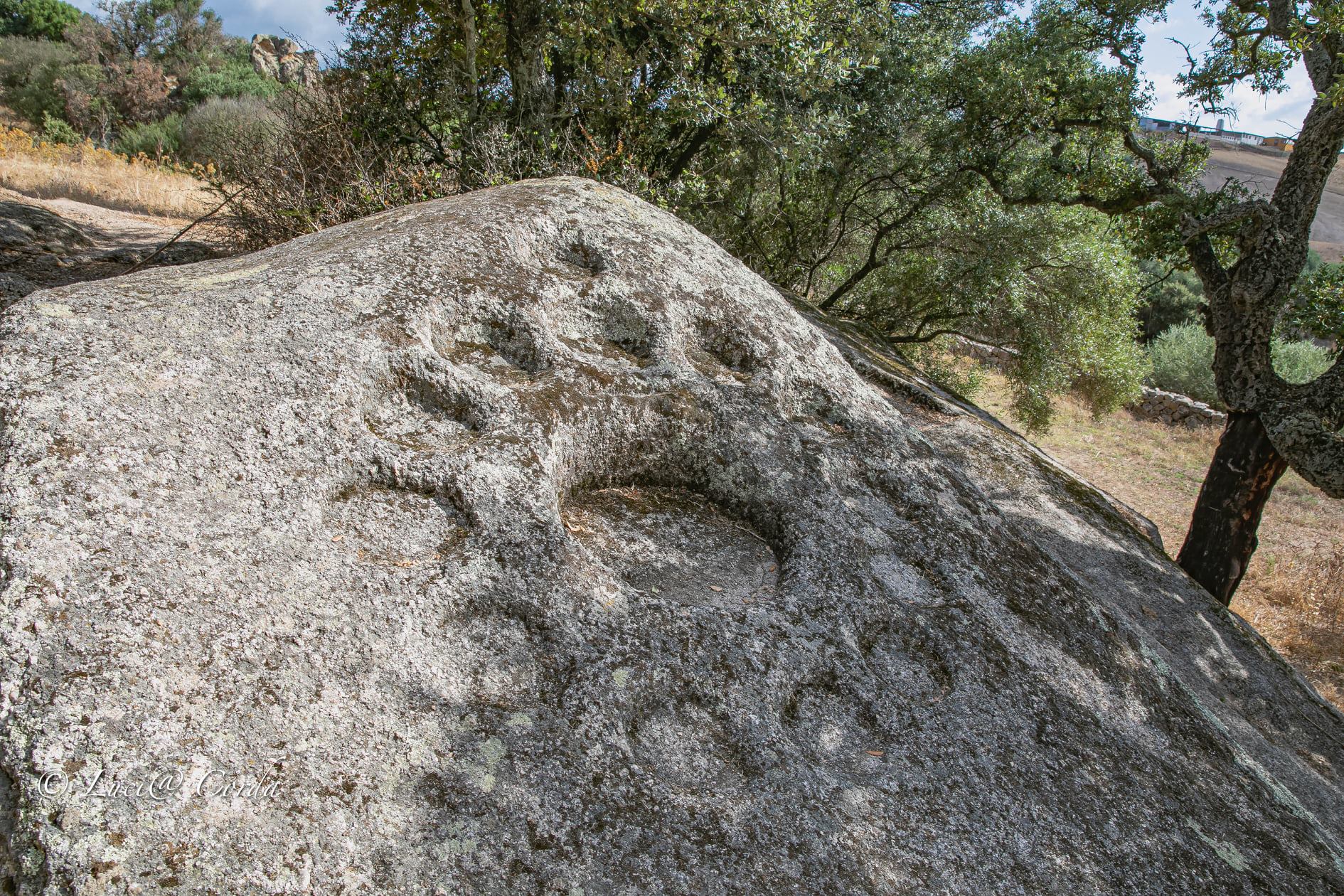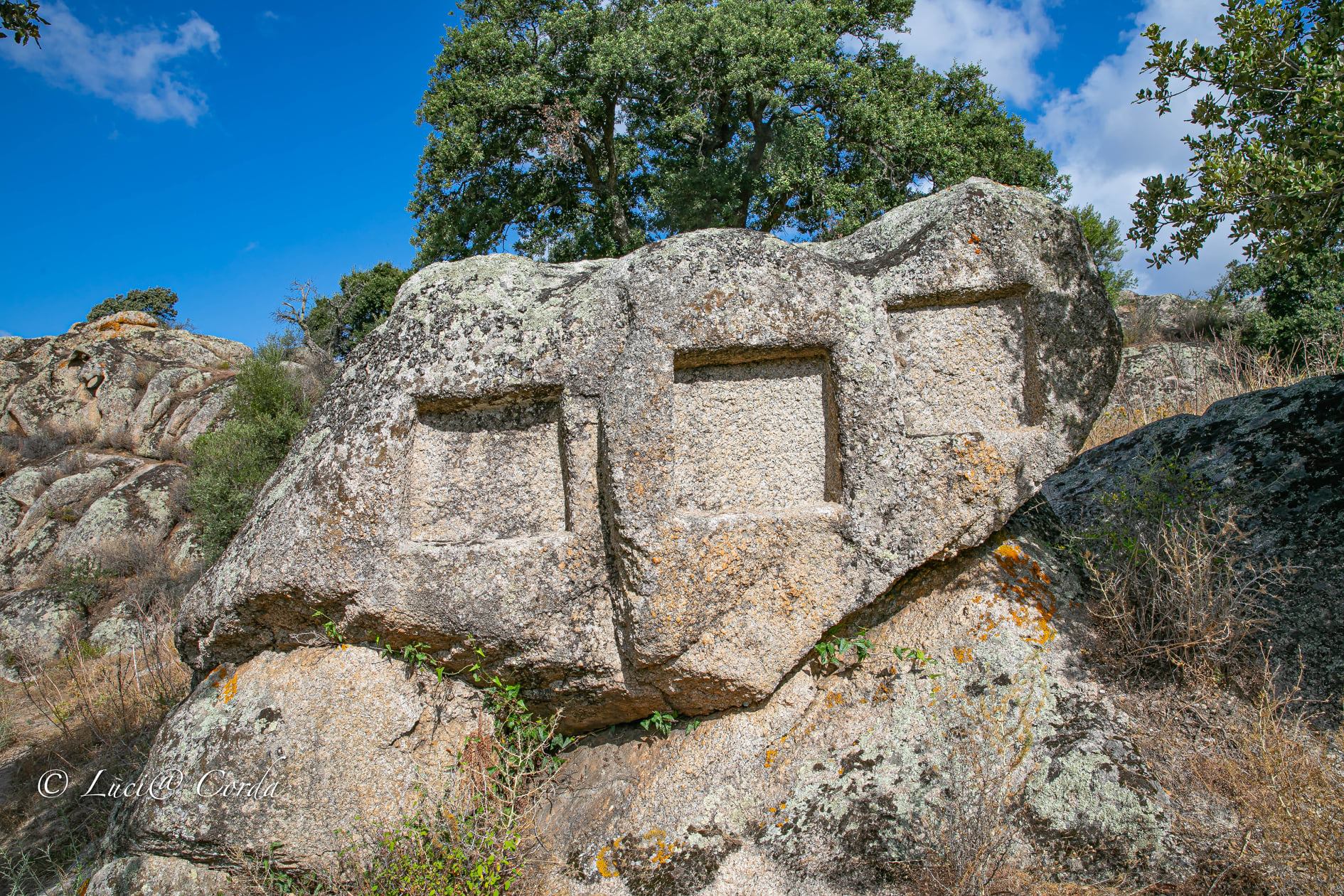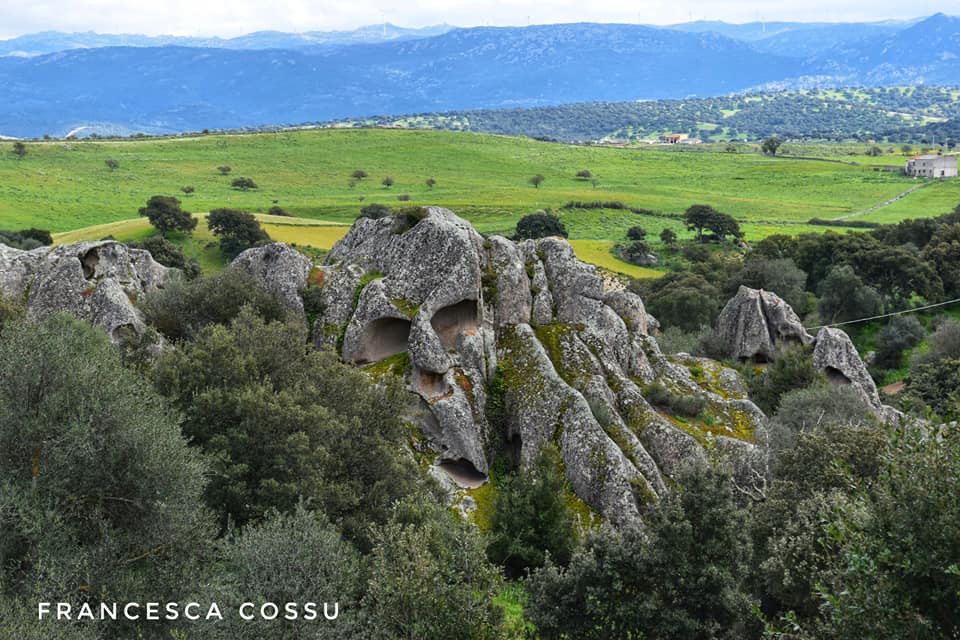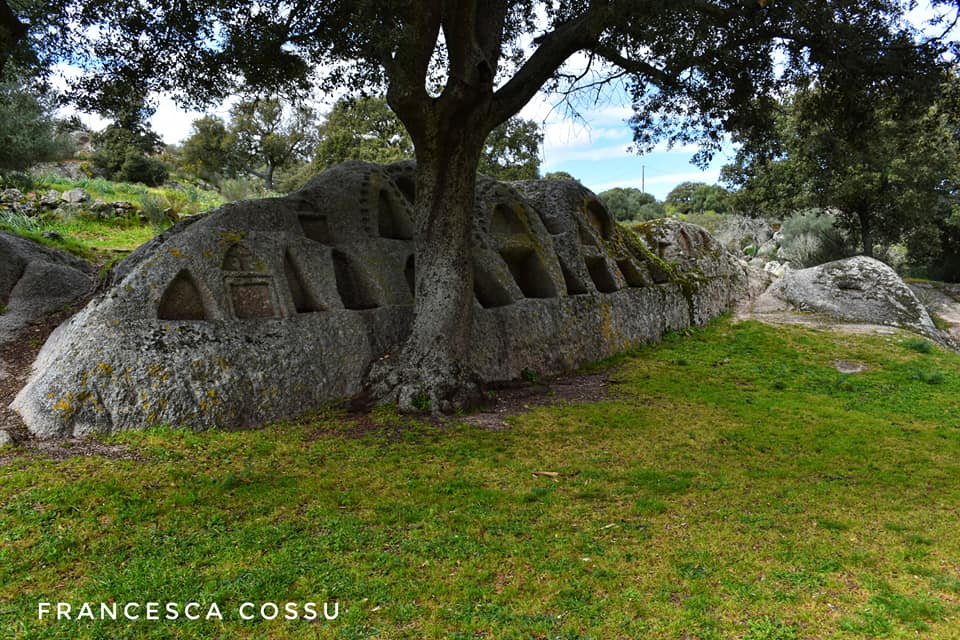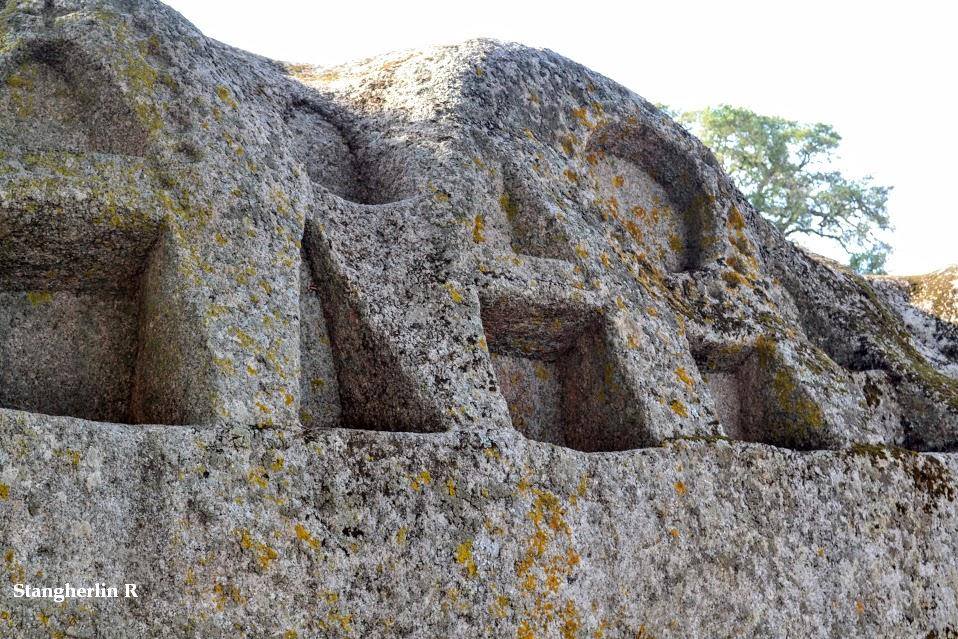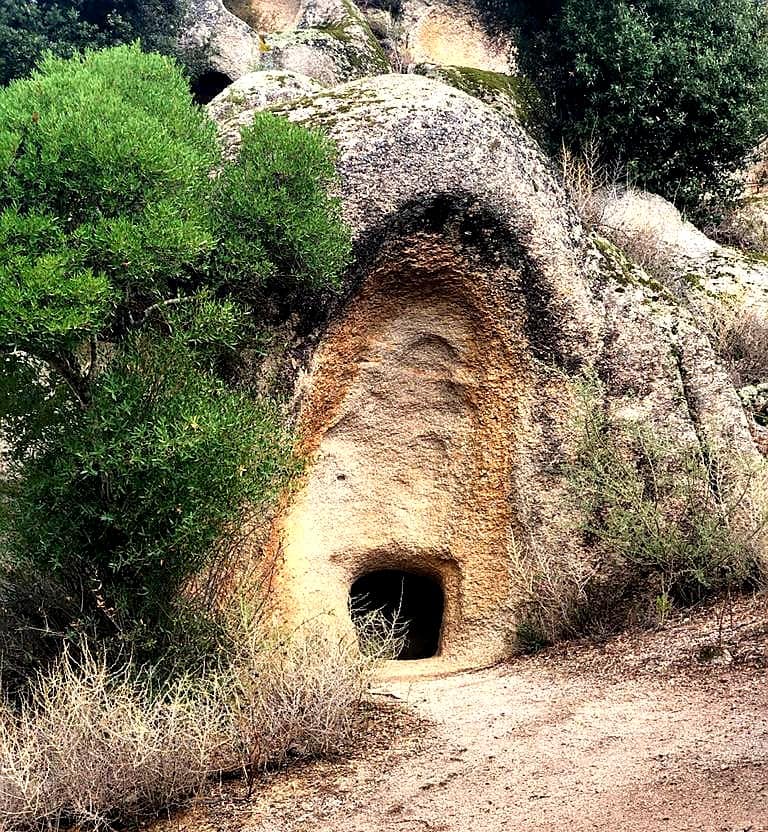17.2: The rock site of Santo Stefano, on the outskirts of Oschiri, is “aunicum in the Mediterranean: you will feel as if you have been projected into an enigmatic and surprising place, evoking suggestions and questions. In the countryside of Oschiri, halfway between Sassari and Olbia, amid surreal silence and enchanted nature, there stands a granite slab approximately ten meters long, on which a series of geometric engravings have been carved in precise sequence. The stone ‘table’ has been defined as a ‘rock altar’ because it is located in front of the church of Santo Stefano, which gives the site its name. Nearby, scattered in a thicket of Mediterranean scrub, you will see a necropolis with eighthouse of the fairies, while around are scattered rocks adapted to niches, among which you will struggle to distinguish the hand of man from that of nature. On the wide granite wall of the altar, motifs of various shapes have been carved, combined with each other: triangular, quadrangular, and semicircular hollows, surrounded by dozens of cup marks and crosses. Between the necropolis and the altar, four other engraved rocks can be identified, steeped in charm and sacredness: one with three quadrangular niches and cup marks above and below; another with two triangular hollows and a ledge, perhaps used for votive offerings or the incubation rite; a rectangular niche, comparable to a tafone tomb; finally, a ‘sundial’ consisting of a circular hollow, surmounted by a step and surrounded by cup marks. Many engravings have been ‘Christianized’ by the juxtaposition of the cross, which served to erase the presence of ancient pagan gods.
The dating is uncertain: the hypogean necropolis suggests a period between the late Neolithic and the Copper Age (IV-III millennium B.C.). But some date it to after the advent of Christ or to the Byzantine age.” (Sardegna Turismo)
The photos of the rock site of Santo Stefano, in Oschiri, are by Lucia Corda, Romano Stangherlin, Francesca Cossu, and Pierluigi Montalbano.


